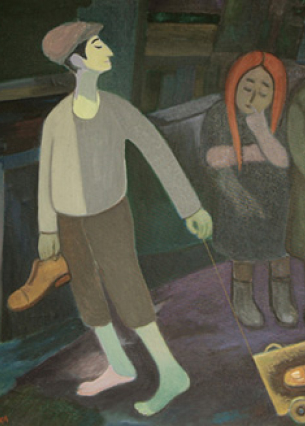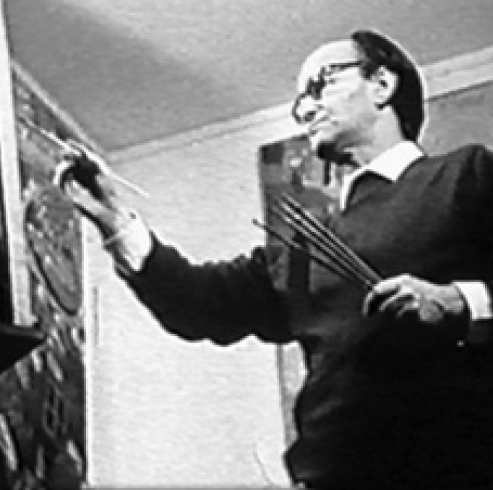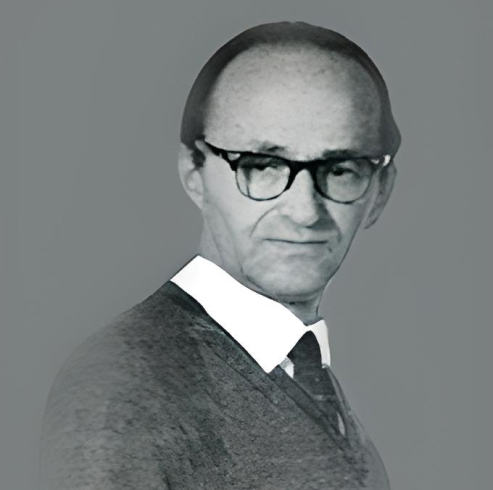
Adam Muszka
Adam Muszka lived in Paris, where he passed away in January 2005. He dedicated his life to painting his Jewish hometown of Piotrkov in Poland.
He was a survivor of WWII and his paintings portray a deep longing to Jewish life in the “shtetel”. He was influenced by the Belarusian painter Marc Chagall and the French painter Paul Cezanne.
Gallery
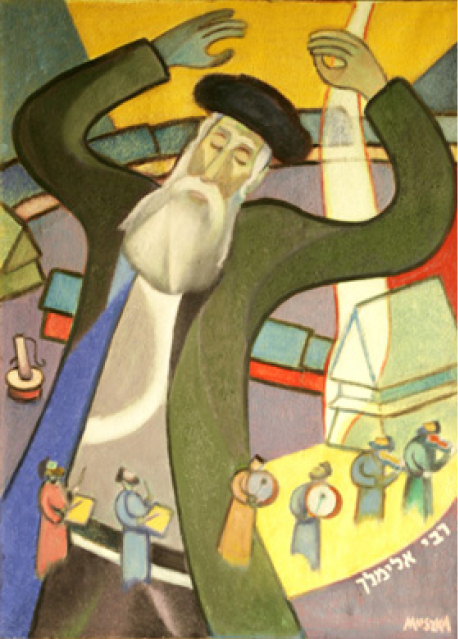
Rabbi Elimelech
Oil on canvas - 1965 - 55x71cm
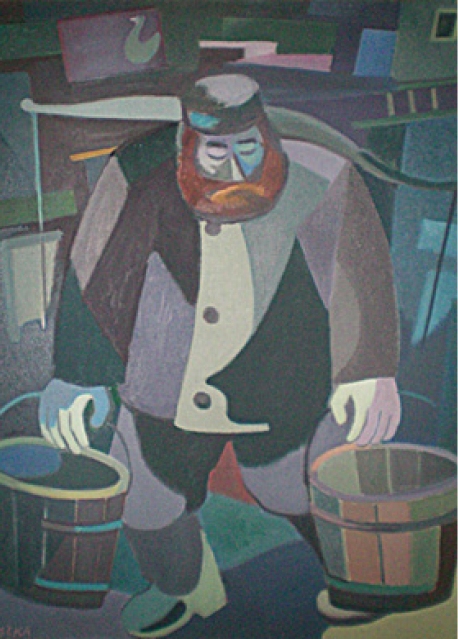
The water carrier
Oil on canvas - 1969 - 80.5x100cm
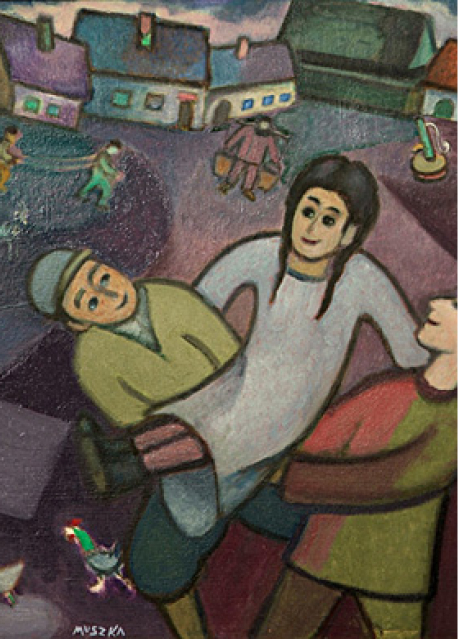
Children playing
Oil on canvas - 1975 - 38x45cmv
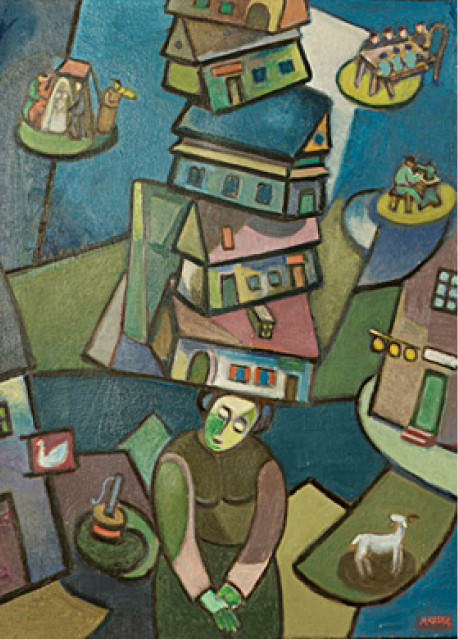
The whole town on my shoulders (big)
Oil on canvas - 1963 - 54x72.5cm
Exhibitions
Last exhibition took place on September 2008 at the Brodet Museum Of Judaica and Jewish Culture Of Tel-Aviv
- 1961 – Warsaw
- 1962 – Warsaw
- 1963 – Lodz
- 1971 – London
- 1972 – Paris
- 1974 – New York
- 1974 – BUFFALO, NY
- 1975 - PARIS
- 1977 - ISRAEL
- 1980 - PARIS
Exhibitions

Laureate Award
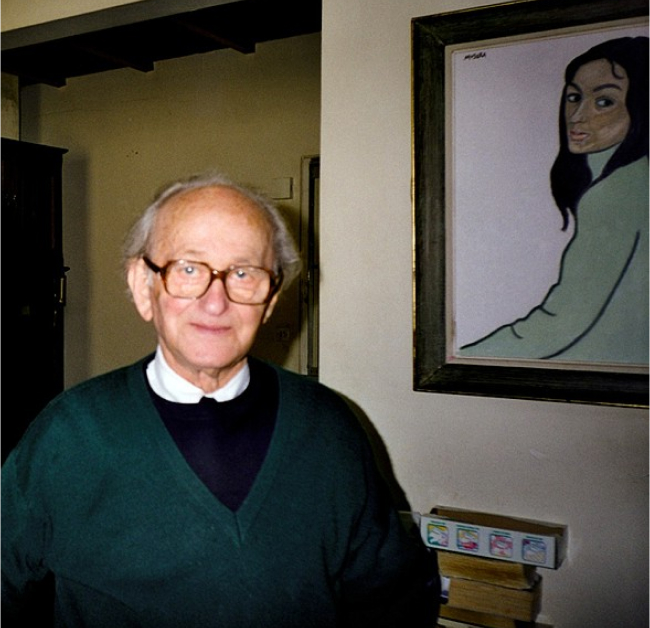
Laureate Award
In 1947, Adam Muszka was honored with the Laureate Award in the prestigious ‘Concours de L’Affiche Artistique’ competition for his outstanding artistic poster. This recognition highlights Muszka’s talent and artistic prowess in the field of poster design.
Film on Adam Muszka work
In 1955, Adam Muszka authored a monument in memory of the Holocaust in LODZ. His remarkable work was also featured in the film ‘Couleur de memoire’ – Colors of Memory, which
aired on television in the following years:
- 1972 – TV 1
- 1973 – TV 2
- 1973 – Television ISRAEL
- 1974 – New York
- 1974 – Montreal
- 1975 – Television ISRAEL
Film on Adam Muszka work
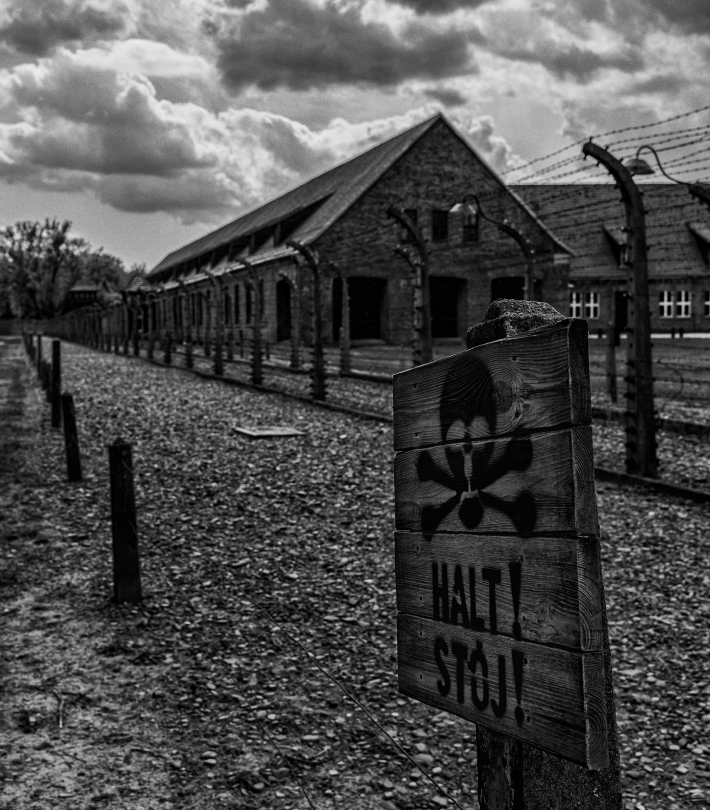
Collections
- National Museum - WARSAW
- Art Museum - LODZ
- Ben-Url Art Gallery – LONDON
- Ethnography Museum – LODZ
- Historic Jewish Museum – WARSAW
- Klaczkin Gallery – TEL AVIV
Private Collections
Warsaw, Lodz, Paris, London, New York, Oslo, Montreal, Philadelphia, Sao Paulo, Johannesburg, Buenos Aires, Montevideo, Tel Aviv, Jerusalem, Buffalo NY
Adam Muszka – Press
The Muszkat Family, along with Daniel Muszkat, organized an exhibition showcasing the art works of Daniel’s grandfather, Adam Muszka, in September 2008. The exhibition received significant press coverage, highlighting the remarkable talent of Adam Muszka.
The Muszkat family exhibition, held in September 2008, attracted esteemed guests such as Rabbi Yisrael Meir Lau, the former Chief Rabbi of Israel, and Pini Zahavi, renowned as ‘football’s super agent.’ The exhibition garnered significant press coverage, further highlighting the artistic brilliance of Adam Muszka.
The exhibition of Adam Muszka’s artwork attracted prominent businessmen who were captivated by his artistic talent. Their presence at the exhibition further emphasized the widespread recognition and appeal of Muszka’s work.
Adam Muszka – Press
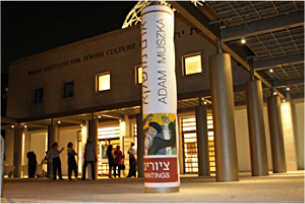
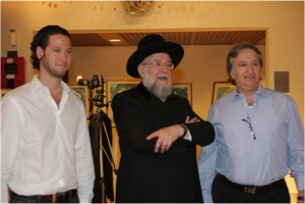
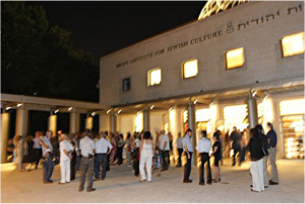
The Daniel Muszkat Gallery own Adam Muszka collection of artworks.
Gallery

Rabbi Elimelech
Oil on canvas - 1965 - 55x71cm

The water carrier
Oil on canvas - 1969 - 80.5x100cm

Children playing
Oil on canvas - 1975 - 38x45cmv

The whole town on my shoulders (big)
Oil on canvas - 1963 - 54x72.5cm

Family prayer
Oil on canvas- 1968 - 53x80cm

Becker preparation to Shabath
Oil on canvas - 1970 - 54X64cm

Under the chuppah (2)
Oil on canvas- 1972 - 50X60cm
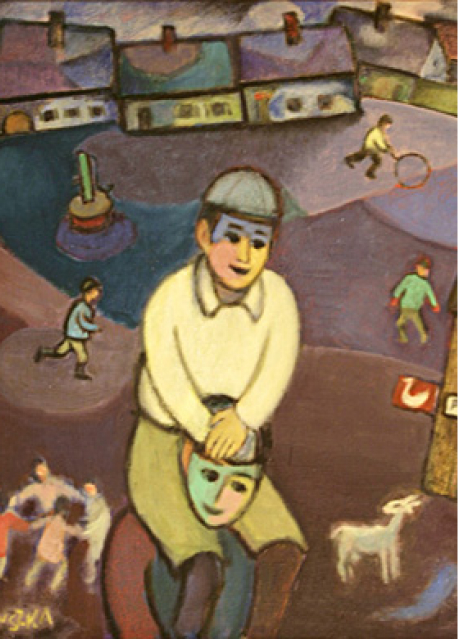
Playing children
Oil on canvas - 1971 - 37X45cm

Under the chuppah (black&white)
Illustration- 1972 - 40X51cm

Under the chuppah (1)
Watercolor - 1972 - 35X47cm

Portrait of a Jew
Watercolor- 1975 - 29X40cm

Yeshiva student
Oil on canvas - 1980 - 50X60cm

Preparation for sabbath
Oil on canvas - 1980 - 49X63cm

The Kleizmer
Oil on canvas - 1980 - 80X99cm
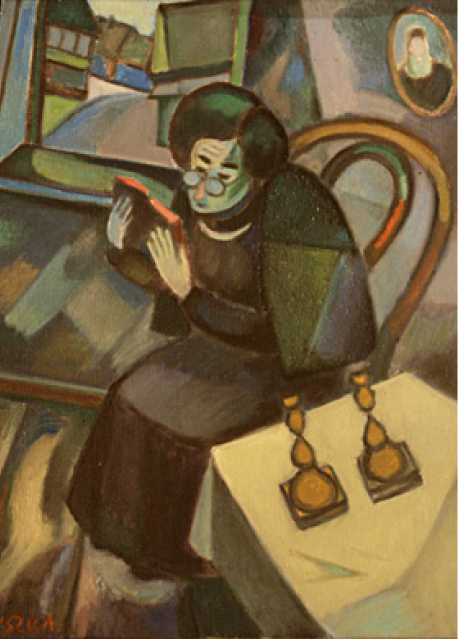
A woman praying
Oil on canvas- 1982 - 46X54cm
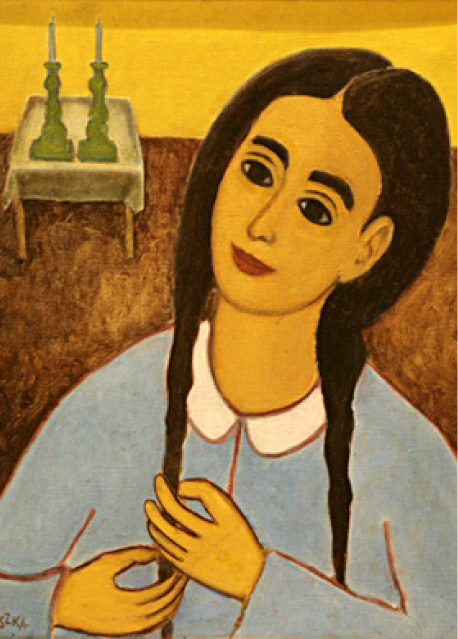
A girl with braids
Oil on canvas - 1972 - cm

The whole town on my shoulders (1)
Oil on canvas - 1963 - 34X41cm

A girl in red
Oil on canvas- 1983 - 25X32cm
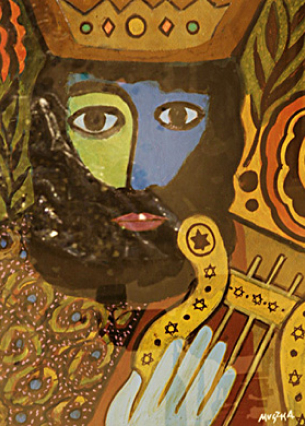
King David
Watercolor- 1983 - 27X36cm

Learning Gemara
Oil on canvas - 1970 - 45X53cm

Succoth Lulav & Etrog
Oil on canvas - 1971 - 45X55cm

Succoth Arava
Oil on canvas - 1971 - 50X60cm

Kapporos
Oil on canvas - 1971 - 32X40cm
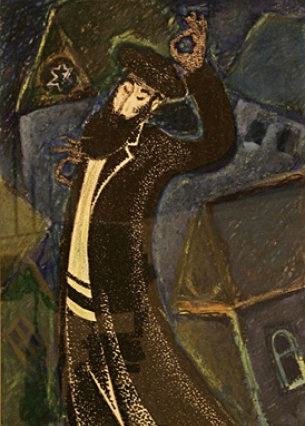
Simchat Torah
Watercolor - 1973 - 24X34cm

Lamp
Illustration - 1963 - 29X42cm

Purim
Illustration - 1974 - 23X30cm

Yidel and Berel
Watercolor - 1962 - 24X31cm

To the chuppah
1972 - 30X40cm

Portrait of a Rabbi
Carbon - 1982 - 23X28cm
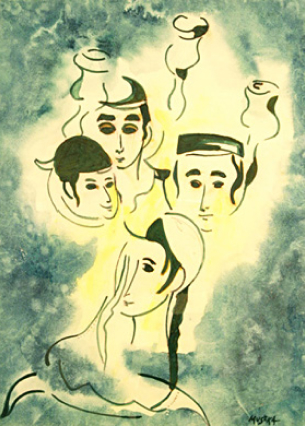
Young ones
Watercolor - 1983 - 24X30cm

Chulnt
Oil on canvas - 1970 - 37X45cm

Dance with kleizmers
Watercolor - 1973 - 25X29cm
